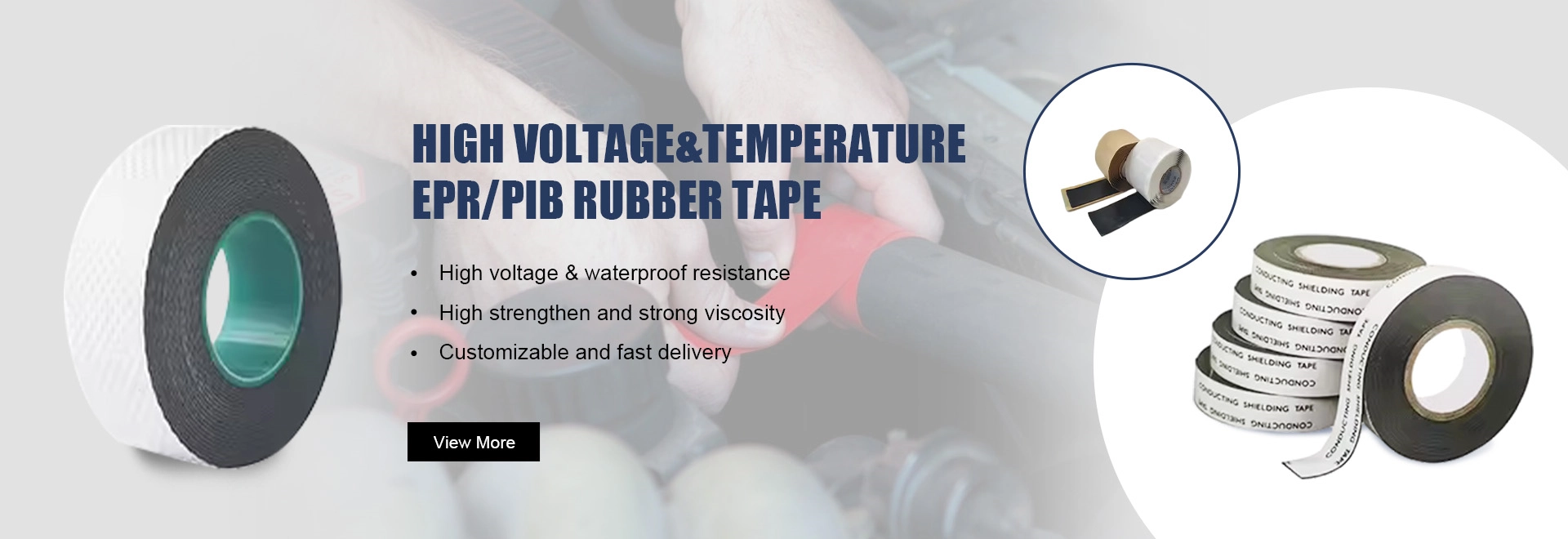Understanding Electrical Rubber Tape A Comprehensive Overview
Electrical rubber tape is a specialized type of insulation tape widely used in electrical and electronic applications. It is designed to provide superior insulation, moisture resistance, and durability, making it an essential tool for electricians and DIY enthusiasts alike.
Composition and Properties
Electrical rubber tape is typically made from a blend of rubber and other insulating materials. This combination provides excellent electrical insulation properties, ensuring that it can safely wrap around various electrical wires and components without risk of current leakage. The rubber material is inherently flexible, allowing the tape to conform to irregular shapes and surfaces, ensuring a snug fit around the wires.
One of the standout features of electrical rubber tape is its ability to withstand a wide range of temperatures. High-quality electrical rubber tapes can operate effectively in temperatures ranging from -20°C to 90°C (-4°F to 194°F), making them suitable for both indoor and outdoor applications. Additionally, many variants are resistant to UV radiation, oil, and chemicals, which enhances their longevity and reliability when used in diverse environments.
Applications
The primary use of electrical rubber tape is for insulating electrical wires. It serves as a protective layer that prevents short circuits and electrical shocks. Electricians often use this tape when making repairs, splicing wires, or covering damaged insulation. Its robust nature ensures that it can endure the rigors of electrical applications, maintaining its integrity over time.
electrical rubber tape

Beyond wire insulation, electrical rubber tape has various other applications. It is commonly used in the automotive industry for covering and insulating wires, connections, and other electrical components. Its waterproof properties make it an excellent choice for outdoor lighting installations, where moisture can compromise electrical safety. Additionally, rubber tape is frequently utilized for bundling cables and providing extra grip for mechanical parts.
Installation and Usage Tips
When working with electrical rubber tape, proper installation techniques are crucial for ensuring effectiveness. It should be stretched lightly as it’s applied, ensuring that it adheres well to the surface without leaving gaps. Overlapping the tape by at least half its width is recommended to create a solid barrier against moisture and dust.
For best results, the surface being taped should be clean and free from dust, oil, or grease, as these contaminants can hinder adhesion. When coiling rubber tape, it’s essential to avoid wrinkles and bubbles, as these imperfections can lead to electrical failures.
Conclusion
Electrical rubber tape is a versatile and indispensable component in electrical work. Its combination of flexibility, durability, and excellent insulating properties makes it the preferred choice for electricians around the world. Whether you are wiring a new outlet, repairing damaged insulation, or securing automotive connections, having quality electrical rubber tape on hand can ensure a safe and effective result. Understanding how to properly use this tape can enhance both safety and performance in any electrical project, showcasing the importance of this seemingly simple, yet highly functional material.
-
XIANGFAN Rubber Tape-Ultimate Solutions for All Your Insulation NeedsNewsJun.24,2025
-
XIANGFAN Rubber Tape-Protection for Industrial and Residential ApplicationsNewsJun.24,2025
-
XIANGFAN Rubber Tape: Superior Safety and Sealing for Demanding EnvironmentsNewsJun.24,2025
-
XIANGFAN Rubber Tape: Reliable Solutions for Every Electrical ChallengeNewsJun.24,2025
-
XIANGFAN Electrical & Industrial Tape: Powering Reliability Across IndustriesNewsJun.24,2025
-
XIANGFAN Electrical & Industrial Tape: Excellence in Every ApplicationNewsJun.24,2025
